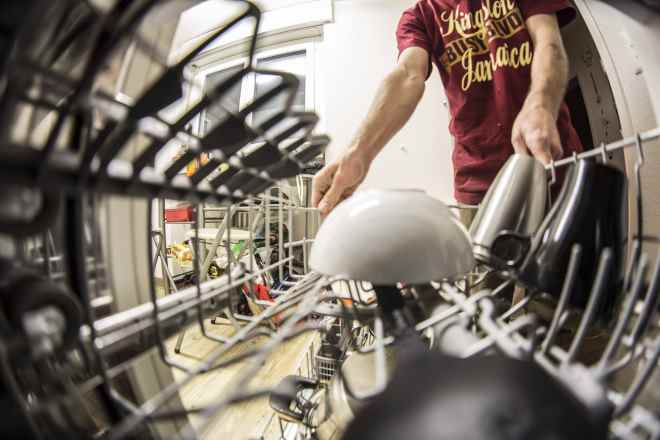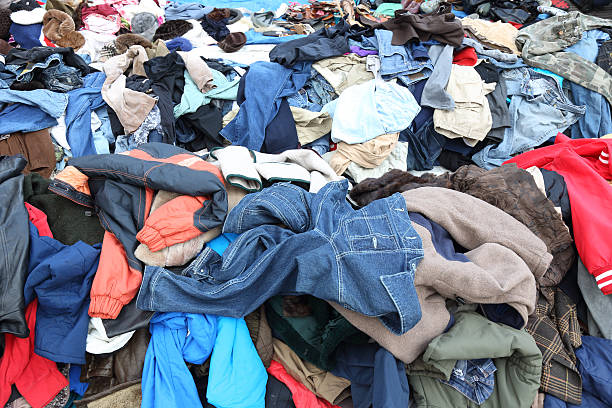Responsible Recycling for Everyday Items Across Australia
Across Australia, communities are focusing on responsible recycling to protect the environment. Clear information about how to prepare and deliver household items to local centres helps residents reduce waste and contribute to cleaner neighbourhoods without confusion or pressure.

What are the most common recyclable items in Australian households?
Australian households generate a significant amount of recyclable waste daily. The most common recyclable items include paper and cardboard, glass bottles and jars, plastic containers, and aluminium cans. Many local councils provide recycling bins specifically for these materials, making it easier for residents to separate their waste. It’s important to note that while these items are generally recyclable, specific guidelines may vary depending on your location and the recycling company nearby.
How can Australians find a reliable recycling company nearby?
Finding a reputable recycling company nearby is essential for effective waste management. Many Australians can start by contacting their local council, which often provides information about recycling services in the area. Additionally, online directories and government websites list registered recycling facilities across different regions. When searching for a recycling company, consider factors such as the types of materials they accept, their collection schedules, and any special requirements for sorting or preparing recyclables.
What are the challenges of recycling in rural and remote areas of Australia?
While recycling infrastructure is well-established in major cities, rural and remote areas of Australia face unique challenges. Limited access to recycling facilities and the high cost of transporting recyclables over long distances can make recycling more difficult in these regions. Some remote communities have implemented innovative solutions, such as establishing community recycling centres or partnering with nearby towns to share resources. Despite these challenges, many rural Australians are actively seeking ways to improve their recycling practices and reduce their environmental impact.
How are electronic waste and batteries recycled in Australia?
Electronic waste (e-waste) and batteries require special handling due to their potentially hazardous components. Many recycling companies across Australia now offer dedicated e-waste recycling services. For smaller electronics and batteries, collection points are often available at local libraries, schools, or retail stores. Larger items like televisions and computers can typically be recycled through council clean-up services or specialised e-waste recycling events. It’s crucial to dispose of these items properly to prevent harmful substances from entering landfills and to recover valuable materials.
What initiatives are Australian recycling companies implementing to improve efficiency?
Australian recycling companies are constantly innovating to improve their processes and increase recycling rates. Many facilities are investing in advanced sorting technologies, such as optical sorters and artificial intelligence, to more accurately separate different types of recyclables. Some companies are also exploring ways to create new products from recycled materials, fostering a circular economy. Additionally, education campaigns are being launched to help residents better understand what can and cannot be recycled, reducing contamination in the recycling stream.
How do recycling rates compare across different Australian states and territories?
Recycling rates can vary significantly across Australia’s states and territories, reflecting differences in infrastructure, policies, and public awareness. While specific figures may fluctuate, recent data shows that some states, like South Australia, have achieved higher recycling rates due to initiatives such as container deposit schemes. Other areas may have lower rates due to challenges in rural recycling or differences in local waste management strategies. It’s important to note that recycling rates are constantly evolving as new programs are implemented and public engagement increases.
| State/Territory | Recycling Rate (%) | Notable Initiatives |
|---|---|---|
| South Australia | 83.8 | Container Deposit Scheme, Extensive Education Programs |
| ACT | 75.1 | Green Bin Program, E-waste Recycling Services |
| Victoria | 69.7 | Recycling Victoria Initiative, Plastic Bag Ban |
| New South Wales | 65.4 | Return and Earn Container Deposit Scheme |
| Western Australia | 57.1 | Waste Wise Schools Program |
| Queensland | 45.4 | Container Refund Scheme, Plastic Pollution Reduction Plan |
| Northern Territory | 41.8 | Cash for Containers Scheme |
| Tasmania | 39.7 | Rethink Waste Tasmania Strategy |
Prices, rates, or cost estimates mentioned in this article are based on the latest available information but may change over time. Independent research is advised before making financial decisions.
In conclusion, responsible recycling is a collective effort that requires engagement from individuals, communities, and recycling companies across Australia. By understanding what can be recycled, how to access local recycling services, and the challenges faced in different regions, Australians can make informed decisions to reduce waste and support a more sustainable future. As recycling technologies and initiatives continue to evolve, staying informed and adapting recycling habits accordingly will be key to maximizing the positive impact of these efforts.




